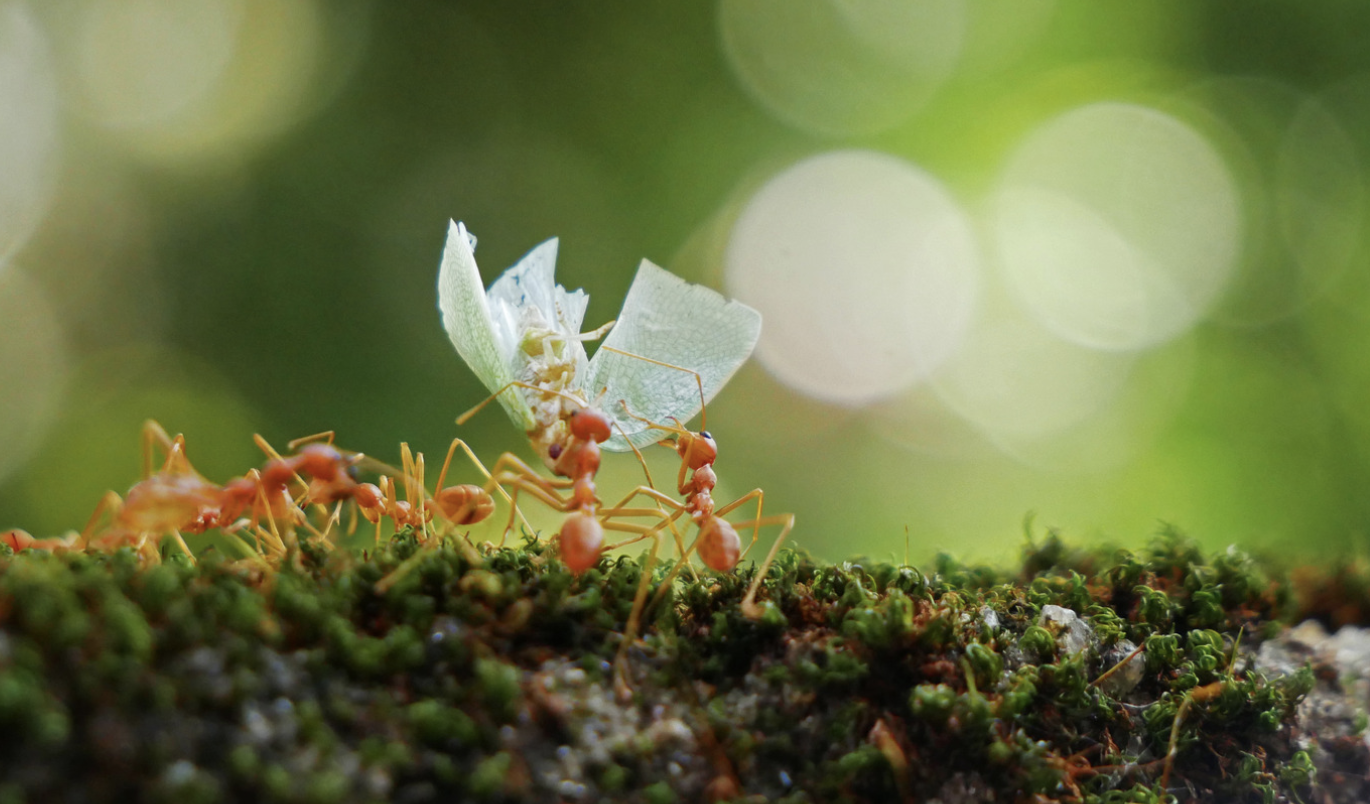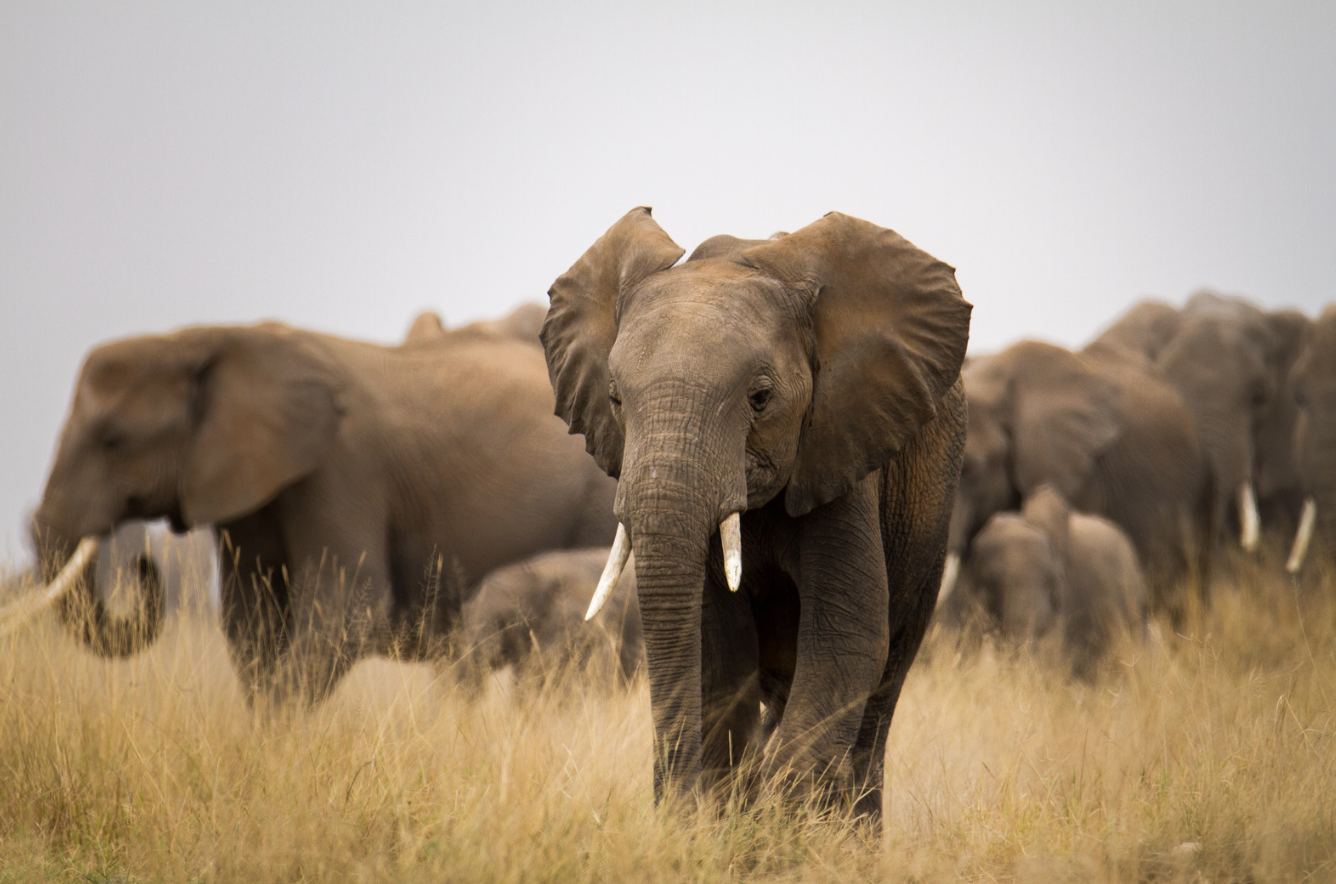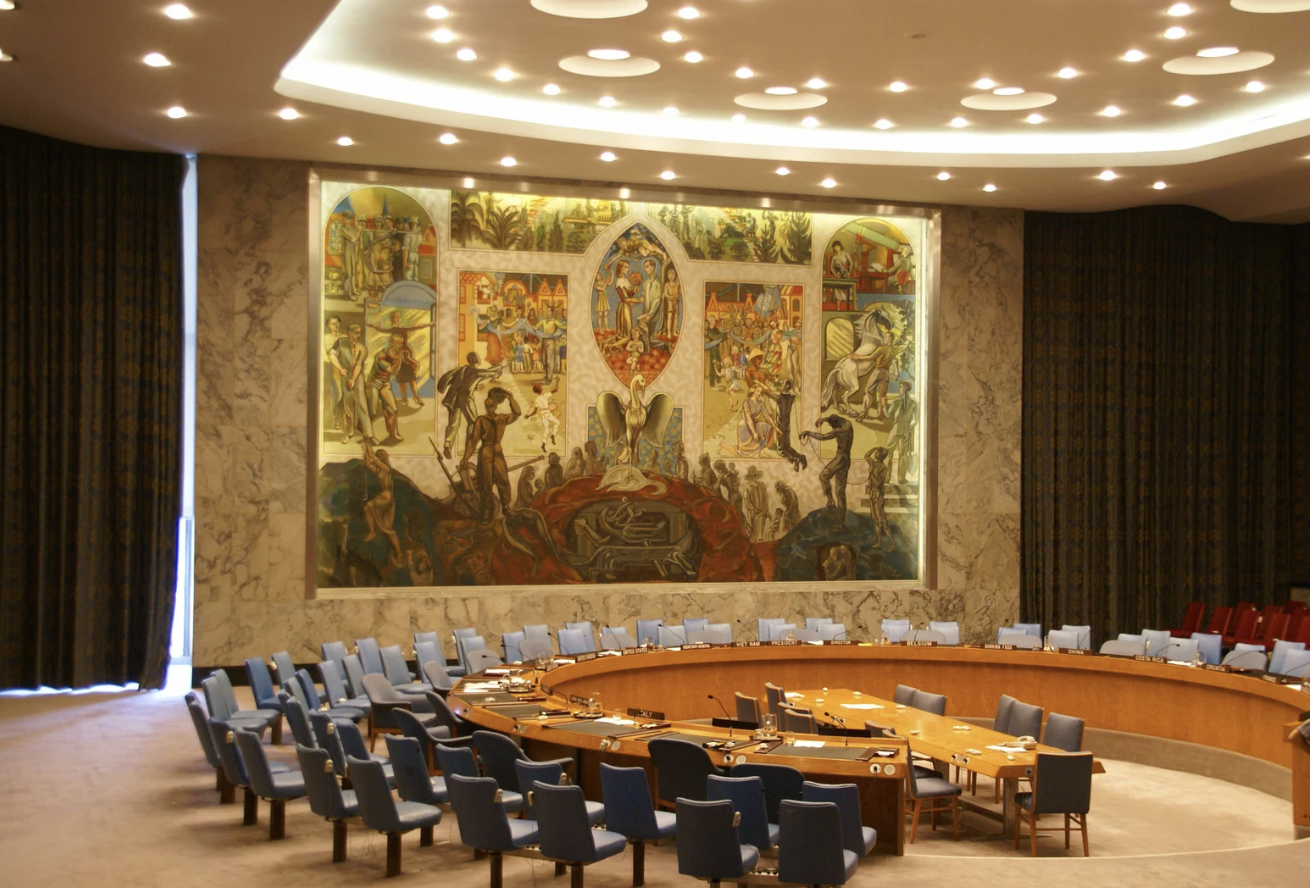Anúncios
These diversified ecosystems may only span a little portion of the earth’s surface, but they are very important for the storage of carbon dioxide, which is a greenhouse gas, and they are home to forty percent of the world’s plant and animal species. Nevertheless, what actually are they?
Wetlands are what exactly?
These waterlogged soils have received a multitude of honors and come in a wide variety of forms and sizes. They are also known as the kidneys of the planet, the sponge of nature, and the superheroes of biodiversity.
The term “wetlands” refers to a variety of habitats that are found on land and are either continuously or seasonally deficient in water. On every continent with the exception of Antarctica, they may be discovered.
They may take on a variety of shapes, including bogs that are covered in moss and peat, marshes that are dotted with rushes, and swamps that are dominated by trees. There are several that are located in floodplains of freshwater and low-lying inland locations. Some are found along the shore, such as tropical mangrove forests, which are tree species that are able to thrive in saltwater environments.
Because of the combination of shallow water, high levels of nutrients, and biomass, wetland ecosystems may be compared to biological supermarkets. This is due to the fact that they include a broad range of plant and animal species, making them an ideal habitat for these organisms.
In comparison to other ecosystems, they are among the most productive in the world. They are home to an astounding forty percent of the world’s biodiversity, despite the fact that they only cover six percent of the terrestrial area.
But why are they important?
From a long time ago, wetland areas were disregarded since they were considered to be useless wastelands that should be drained and converted into fuel and farming, or they should be filled in with sediment to provide solid ground for buildings and roads.
These areas are now regarded not just as hotspots for biodiversity but also as essential carbon sinks, since they are responsible for absorbing millions of tons of carbon emissions each year.
In addition to the soil, silt, and peat that have accumulated over the course of thousands of years, wetland ecosystems are home to about one third of the world’s carbon that is bound up in live plants. The carbon that is stored in peatlands alone is equivalent to that of all the trees in the world.
There are three major greenhouse gases that are responsible for the rise in global temperature: carbon dioxide, methane, and nitrous oxide. When wetland areas are destroyed, they become a significant source of global emissions because they release these gases. Every year, peatlands that have been drained and burnt are responsible for four percent of the man-made emissions.
Additionally, wetland areas might be compared to the kidneys of the globe. By filtering and purifying water of chemicals, heavy metals, and other contaminants, the plants, fungus, and algae that are found in these habitats contribute to the process. In addition to this, they serve as natural defenses against floods by functioning as sponges that absorb heavy rain, and they protect coastlines from erosion that occurs throughout storm cycles.
Where do they see themselves in the years to come?
Because they are vanishing at a rate that is three times faster than forests, wetland ecosystems are the most endangered ecosystems on the planet. It is estimated that in the last fifty years, one third of all wetland areas have been destroyed, mostly as a result of draining these regions for agricultural purposes and building purposes. Over half of all wetland regions have vanished since the year 1700 in the countries of Europe, the United States of America, India, Japan, and China.
However, the restoration and preservation of wetland areas has recently been acknowledged as a significant nature-based solution that may be used in the pursuit of achieving the objective of limiting temperature increases to 1.5 degrees Celsius (2.7 degrees Fahrenheit), as outlined in the Paris Agreement.
A form of wetland is currently included in the national climate pledges of over seventy percent of the nations that have signed the framework agreement on climate change. Additionally, stipulations were included in a groundbreaking worldwide commitment to safeguard environment in 2022, which stipulated that at least thirty percent of inland water bodies and freshwater ecosystems would be restored.
Numerous nations are working hard to save wetland areas that are on the verge of extinction. The Ibera wetlands in Argentina are the subject of an ambitious conservation effort that aims to rehabilitate hundreds of kilometers of the region. The spread of wildfires in Indonesia has been halted thanks to the implementation of steps to rewet peatlands.
At this point in time, there are scientists who say that wetland areas should be accorded legal rights since they are so vital to the maintenance of human health and the existence of life itself.




